When Garry Taylor, former manager of the Suzuki Grand Prix team, died on 30 January at the age of 74, it marked the end of an era. Taylor was the last British team manager in motorcycle GP racing, at the head of the last England-based factory team.
He was also a noted paddock character, a gifted raconteur, an important talent-spotter, and the instantly recognisable figure who not only worked with Barry Sheene at the height of his fame, but also with Kevin Schwantz throughout the Texan’s glittering grand prix career. Finally, he took on Kenny Roberts Junior, giving Suzuki an unexpected last two-stroke title, and the first by the son of a former champion.
To many inside racing, the affable and unflappable Englishman’s most notable success, showing a core of steely determination, was achieved by keeping the Suzuki team alive and a major player for three years after the factory pulled out abruptly at the end of 1983.
This had left a top-level British team of dedicated mechanics high and dry. Garry, until then involved on the periphery, used his combination of determination, political nous, commercial savvy and deceptively persuasive charm to ensure that the England-based Suzuki team did not die.
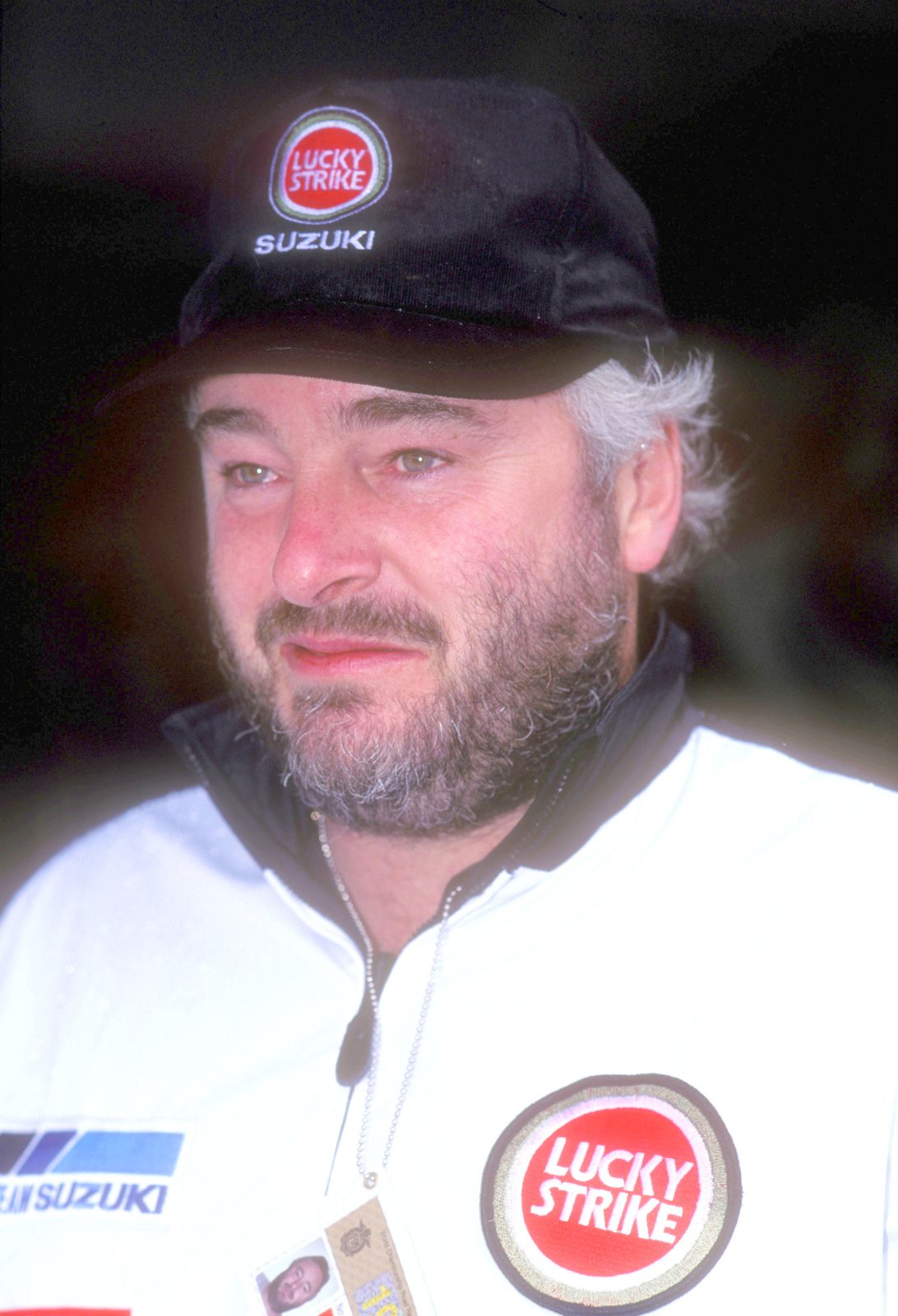
With sometimes reluctant support from British importer Heron Suzuki (director Dennis Rohan was a vital ally), Taylor kept Suzuki as a force to be reckoned with in grand prix racing… in spite of the factory’s departure.
It involved more than just keeping a crack pit crew off the dole queue. Diplomacy and influence with race-steeped allies within the factory ensured a trickle of parts necessary to keep the obsolescent RG500 square-four vaguely competitive. Taylor also commissioned a revolutionary carbon honeycomb-sandwich chassis, nicknamed ‘the cardboard box’, years ahead of its time; and secured Skoal Bandit sponsorship.
Finally, he hand-picked rising British riders Rob McElnea and later Niall Mackenzie alongside Australian Paul Lewis, giving them their first chance in the premier class.
Suzuki returned in 1987, with the new V4 RGV, still a rough prototype; and Schwantz came for a handful of rides alongside Kenny Irons.
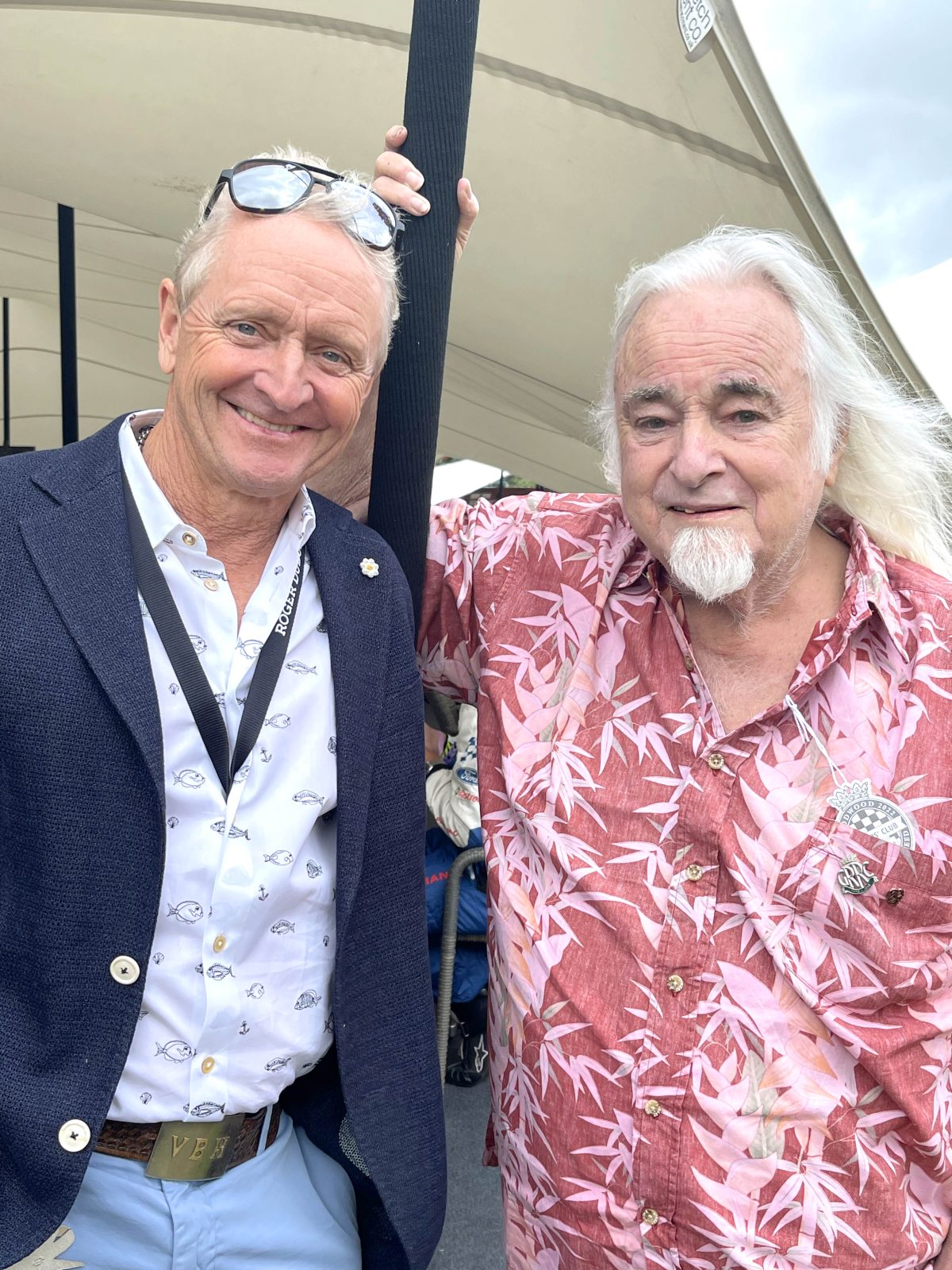
Business really began in 1988, with Schwantz full time, and winning the opening round in Japan – the first of 25 wins and more than 50 podiums. A legend was born, leading up via wins, near misses, and a string of injuries to championship victory in 1993.
After Kevin’s retirement mid-1995, the next phase let to the recruitment of Kenny Roberts Jr. and technical guru Warren Willing in 1999, and a second title victory ahead of Valentino Rossi in 2000.
The bike lost momentum thereafter, and the V4 four-stroke replacement of 2002 proved a major disappointment. Garry persevered until the end of 2004, but the demands of ever-increasing travel were straining his health, and robbing him of priceless family time. Phoebe was then eight, and Garry said: “I’d never been at home for one of her birthdays.” He took the opportunity to retire, returning briefly to head the short-lived Huawei Moto3 team figureheaded by long-standing ally John Surtees.

Thereafter Taylor enjoyed the life of a retired gentleman on the rural Kent-Sussex borders, indulging in country pursuits including the sport of clay-pigeon shooting, at which he was an expert.
Taylor’s boyhood ambition had been to join the army, but asthma stood in the way. He brought military methods to racing – discipline, organisation and effective delegation combined with genuine top-down comradeship. Team celebrations were often riotous affairs; while his loyalty and support of team staff inspired loyalty in return.
Esteemed race engineer Stuart Shenton, crew chief to Kevin Schwantz, said: “Garry was always a gentleman, when it would have been very easy to be something else. After working at Honda, which was all business, the atmosphere with Suzuki was more family oriented. He was very good at looking after the guys. There were plenty of hiccups, but Garry handled it so smoothly. He did a lot of stuff effortlessly, without people realising how hard he was working, and I very, very rarely saw him angry.”
It was not universal peace and joy, however, even apart from the usual vicissitudes of racing. In 2002, five iconic GP-winning racing Suzukis were stolen from the Edenbridge workshop, including bikes raced by Barry Sheene, Schwantz, Scott Russell and Kenny Roberts Jr.
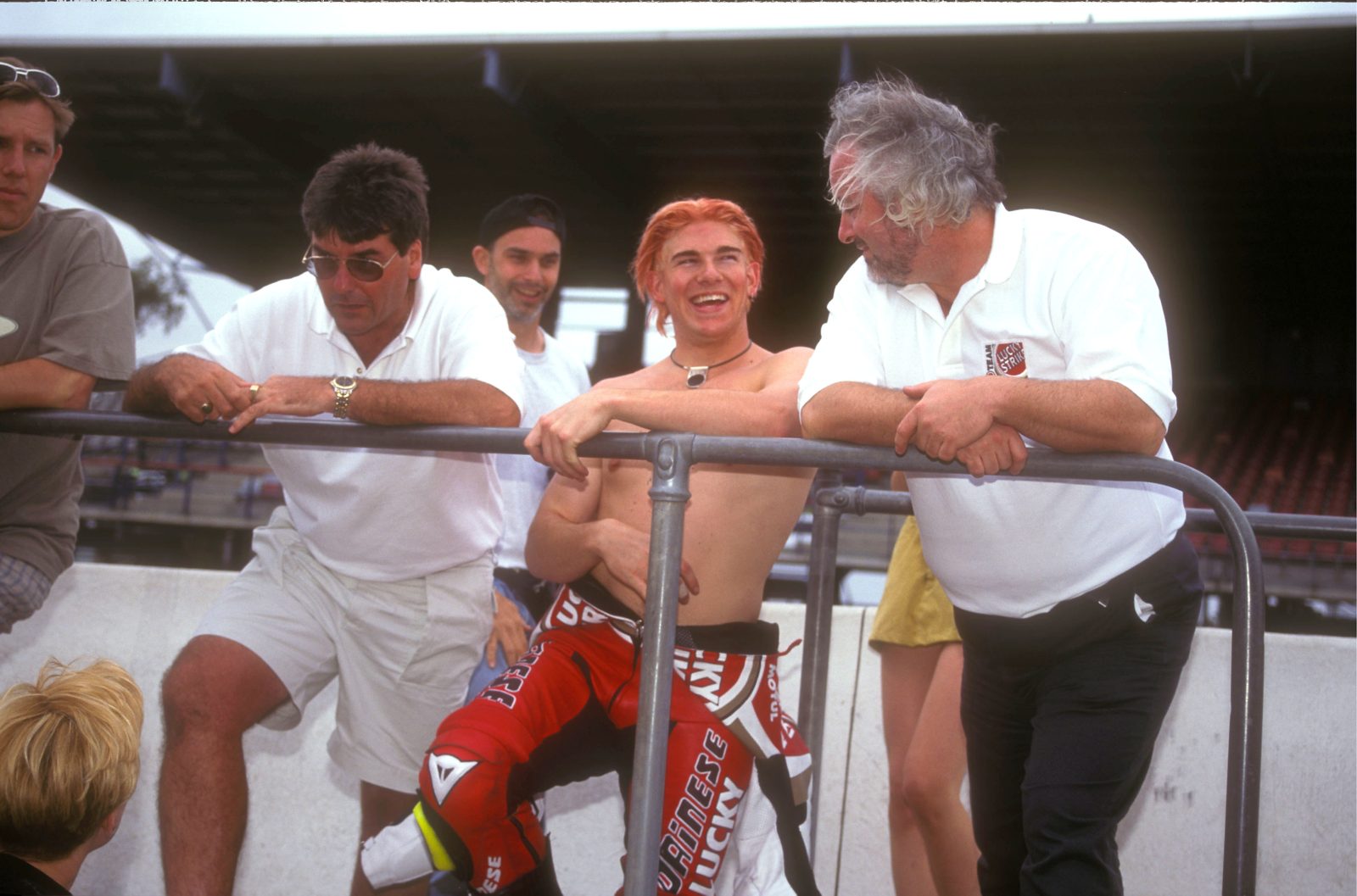
Taylor, working hand in glove with the Kent police as well as the international classic collecting community, played a key role over a relentless four years in not only recovering four of the stolen bikes, but also the arrest and conviction of former mechanic Wilf Needham.
There was also the episode with Anthony Gobert, who predeceased Taylor by a matter of weeks, and who Taylor sacked in 1997 after the Australian had failed numerous drug tests.
Taylor’s racing involvement had begun in the 1970s, working for a public relations firm contracted to Suzuki, and nursemaiding publicity master Barry Sheene. During this time he made valuable racing and commercial contacts.
Long-time friend and ally, former GP racer Stu Avant, saw it at first hand.
“He could bring money when it was needed. He had the nous to make presentations, to understand corporate money. He could negotiate on a commercial level, and manage by delegation.
“Nothing ruffled him. And if it did, he’d pass
it on.”
Kenny Roberts Jr. had a similar observation, describing Taylor’s management style as “nonchalant”. And Kevin Schwantz, the most important rider of all, admired the fact that at the track he let the rider, mechanics and engineers deal with everything.
“If we didn’t have a good session, it was me and the team and the engineers that talked… not me and the team manager.
“The important part of team management happens away from the tracks, and Garry was that guy who made sure everything moved well and kept operating, without being hands-on in the middle of everything.”
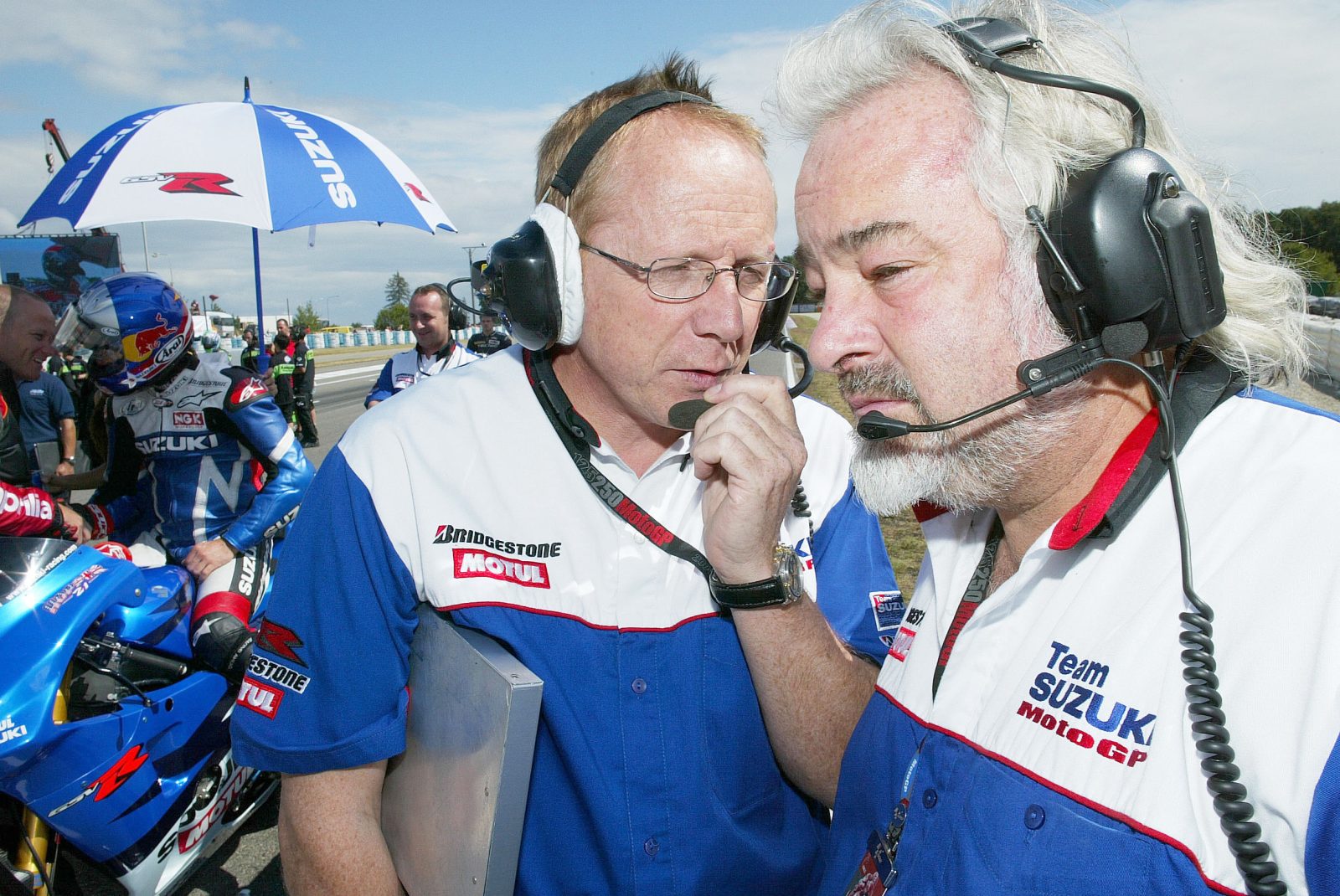
He also made sure everybody was having fun. Crew chief Stuart Shenton recounts one of his many pranks… supplying American Suzuki rider Scott Russell with a pair of seemingly elegant grid girls in Brazil. Much to the red-blooded deep-South rider’s dismay, they were cross-dressers.
Taylor could employ humour with devastating effect. A journalist wrote doubting rising star Max Biaggi’s sexual orientation. Taylor confronted him: “Did you write that Max is gay?” The response was flustered. “No, no. Just that there was a rumour going round the paddock he was gay.” Taylor replied: “Well, there’s a rumour going round the paddock that you’re a c***.”
Sponsor-gathering was a special skill. Over the years, among many others, he recruited Skoal Bandit, Rizla, Men Only and Pepsi into motorcycle racing sponsorship, as well as inheriting Lucky Strike for a significantly prosperous spell, then securing Spanish telecommunication giant Telefonica. Though after he had secured a good deal with condom-manufacturers Durex, this was rejected by Suzuki in Japan. Family planning didn’t suit the fun image they wanted to project, they believed. They chose cigarette sponsorship instead.
Taylor had also worked with the Yamaha Pro-Am series of the early 1980s, putting him in contact with a generation of riders. But it was with Sheene that he was first involved with grand prix racing; and he worked also with Barry’s Suzuki teammate Pat Hennen, who in 1976 became the first American to win a premier-class grand prix, before a promising career was cut short in 1978 by a serious crash in the Isle of Man TT.
With Honda and Yamaha leading the way Suzuki was always the underdog of the Japanese triumvirate in terms of budget and facilities. This imposed special challenges, and as team manager Taylor gained a reputation for skilful diplomacy between Japan and the European side, and wherever else it was required.
Avant: “He was very worldly and very pragmatic. With Suzuki he was always under duress… he had to make decisions on the ground in Europe that the larger companies made in Japan. And he made it look easy.”
MEMORIES OF GARRY
Kevin Schwantz – 1987-1995
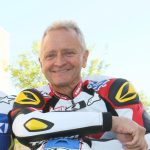
“My take is: you’re not managing the team at the races. Everything is already set by the beginning of the season. Garry was just there at the back of the garage, in case an issue came up. He would stand back and watch. He made sure everything kept operating. He could see I was pretty unhappy as the season went on in 1991, and it was Garry’s doing to get Stu Shenton in for 1992. With the experience he brought, that was the biggest step, and 1993 was our year.”
Niall Mackenzie – 1986, 1990

“In 1981 when I was invited to the Yamaha ProAm series, Garry gave me the sign-on sheet and a ProAm cap. Our paths crossed again with Suzuki in 1986. I’d committed to Armstrong in 250, but I asked for a one-off ride at Silverstone, and it led to more… so he gave me my break in 500s.
(Niall signed a letter of intent for 1987, but was poached by Honda.) Garry was good to me and I crossed him, and I never expected to ride a Suzuki again, but he gave me another opportunity in 1990. I had my best season (fourth overall).
Garry was fun, at the races and outside. He didn’t mind having a party.”
Rob McElnea – 1984-5, 1988

“After Suzuki pulled out they left a full factory team to match Honda’s, and Garry gave me the chance. It was a means to an end – his own little team. But it was brilliant for me. There wasn’t a lot of money, but it was the best time of my life. Second time around with Kevin, my contract wasn’t renewed… but that’s how it was. He was a good friend to me.”
Kenny Roberts Jr. 1999-2005

“The overall thing with Garry – you’d known him five minutes and it felt like you’d known him forever. In 1998 (riding the uncompetitive Modenas) I knew I was going to have to find a different path. I knew Garry casually, and I said to him: I’d like to talk about next year. From that time on, he knew what Warren Willing and I had to do, and he protected us: kept a barrier with Japan on stuff for testing that we didn’t want. It was a very delicate situation. He did it well, and he did it nonchalantly, so we got our way in the end. And to keep that thing together, with less budget and fewer engineers, took something special.”
TAYLOR MILESTONES
1976 onward Chief publicity agent for Barry Sheene and Heron Suzuki
1976 Acts in the same capacity for Pat Hennen
1983 Becomes de facto manager of “retired” factory Suzuki team
1984 Signs Rob McElnea to ride carbon-fibre-framed bike
1987 Manages Kevin Schwantz’s first GP appearances
1988 Schwantz’s first GP wins
1993 Schwantz wins World Championship
1999 Takes a chance on Kenny Roberts Jr.
2000 Roberts wins World Championship
2004 Retires from MotoGP after more than 300 GPs and 38 wins
WORDS: MICHAEL SCOTT PHOTOS: GOLD&GOOSE AND AMCN ARCHIVE











